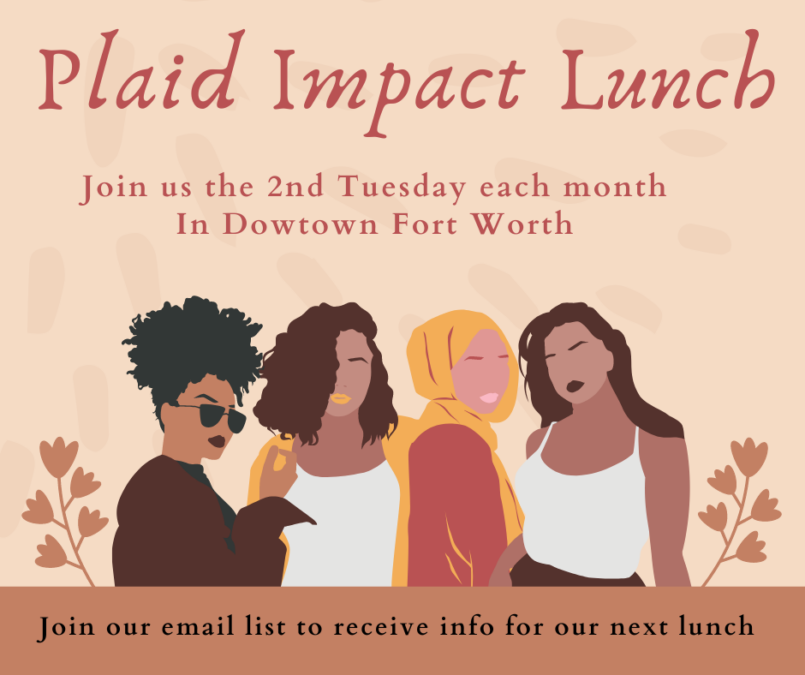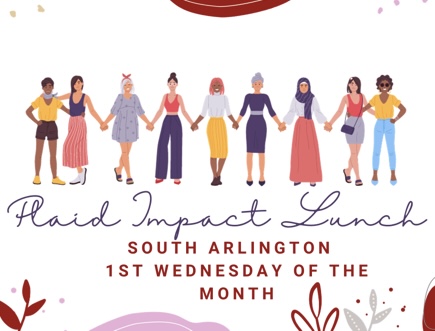After two years of stress, strain, death, illness, financial setbacks, divisiveness, distain brought on by a global pandemic, the entire planet is at a loss. We are in this shared space of confusion and uncertainty — a place where we walk around numb and full of emotion almost simultaneously; overexerted and drained while less active and sometimes bored; mentally and emotionally spent with no productivity to show for our efforts. Our collective loss is unfathomable — jobs, careers, livelihoods; people, friends, colleagues; investments, homes, property; health, wholeness, connection. We totally understand how we arrived at a mental health crisis in America. All of us are finding it difficult to manage how we think, feel and act under the current daily stressors of pandemic living. As we stand in the middle of the loss, how do we find hope?
Remind ourself, we’ll get though this.
Each of us has been through hard times before, sat in the middle of uncertainty, felt like we were at a loss, and yet, we came through it. In fact, coming through it prepared us for the next difficult situation.
In 1983, a 61-year-old scrawny and socially awkward potato farmer, Cliff Young, entered the Sydney to Melbourne Ultra marathon — 544 miles of flats and hills taking 6 to 7 days to traverse. When Cliff showed up in overalls and rain boots, the other runners (much younger and dressed in the latest running gear) made fun of him. The race officials were worried that Cliff would die of an heart attack, but Cliff assured them he grew up on a farm without horses or four-wheelers and when a storm was coming in he’d run for 2 to 3 days without sleep in order to round up his family’s 2,000 sheep on their 2,000-acre ranch.
When the race started all the other runners took off at a high speed. Cliff started with a slow loping pace. Cliff ran 22 and 23 hours a day. Running with virtually no sleep, Cliff crossed the finish line 10 hours ahead of the next finisher shattering the previous record by 2 days. (Jack Canfield tells this story in The Success Principles).
Cliff’s hard times of rounding up sheep in stormy weather with no form of transportation prepared him for an ultra marathon that awarded him $10,000 and a place in the record books while everyone else doubted him.
We will get through this. Our previous hard times have prepared us.
Accept it won’t be painless.
No one gets to skip the line. We all will experience suffering. Understanding and accepting that both pain and feeling at a loss are a part of life, keeps us from getting stuck in the pain and loss. Recognizing the pain as a necessary passage way to the next door, pushes us to keep moving down the hallway.
When Helen Klein was 55 years old, her husband asked her to train with him for a 10-mile run. She had been a smoker for 25 years and had never run a mile in her life. After running 2 laps on a track marked off in their back yard, Helen was panting and exhausted — feeling the pain. She decided to continue. Each day she ran one lap farther. Ten weeks later she finished last but she completed the 10-mile race. Not without pain, mind you.
Helen began to enter other races but realized she was not blessed with speed which prompted her to try longer, slower marathons. She has run 60 marathons and 140 ultra marathons. Each one requiring more of her. She knew each one would be painful in one way or another. She accepted it.
At age 66, she ran five 100-mile mountain trail events within 16 weeks. In 1991, she ran across the state of Colorado in less than 6 days, setting a world record. She also completed the 370-mile Eco-Challenge in which she rode 36 miles on horseback, hiked 90 miles through broiling desert heat, negotiated 18 miles through freezing, water-filled canyons, mountain-biked 30 miles, rappelled down a 440-foot cliff, climbed 1,200 feet straight up, paddled 90 miles on a river raft, hiked another 20 miles, and finally, canoed 50 miles to the finish line. (Jack Canfield tells this story in The Success Principles.)
Think she was in some pain? Helen understood pain was part of it. And more importantly, pain was forging something deep within her. She embraced it. If you feel pain or loss, embrace it as part of the journey.
Look for Hope
Look for hope in playgrounds, coffee shops, nature, book stores, friends’ voices. Look for hope in your daily routine. We will find what we are looking for. Hope exists. If we are not finding hope, it’s likely because we are not looking for it.
Baylor College of Medicine researched the outcome of arthroscopic knee surgery on patients with painful, worn-out knees. Patients undergoing surgery were compared to patients who unknowingly received no surgery at all, only the appearance of a knee-surgery. Two years later, patients in both groups reported equal improvement in pain relief and function.
The brain finds what it is looking for. Look for hope.












